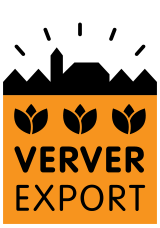Dutch flower bulbs are exported to almost every country in the world. In millions of parks, gardens, and living rooms, consumers enjoy numerous flower bulbs and bulb flowers daily. Smart innovations and modern technologies ensure an efficient and sustainable production method with high-quality standards in bulb cultivation. Innovation is based on a new cultivation system, energy-neutral solutions, and precision techniques.
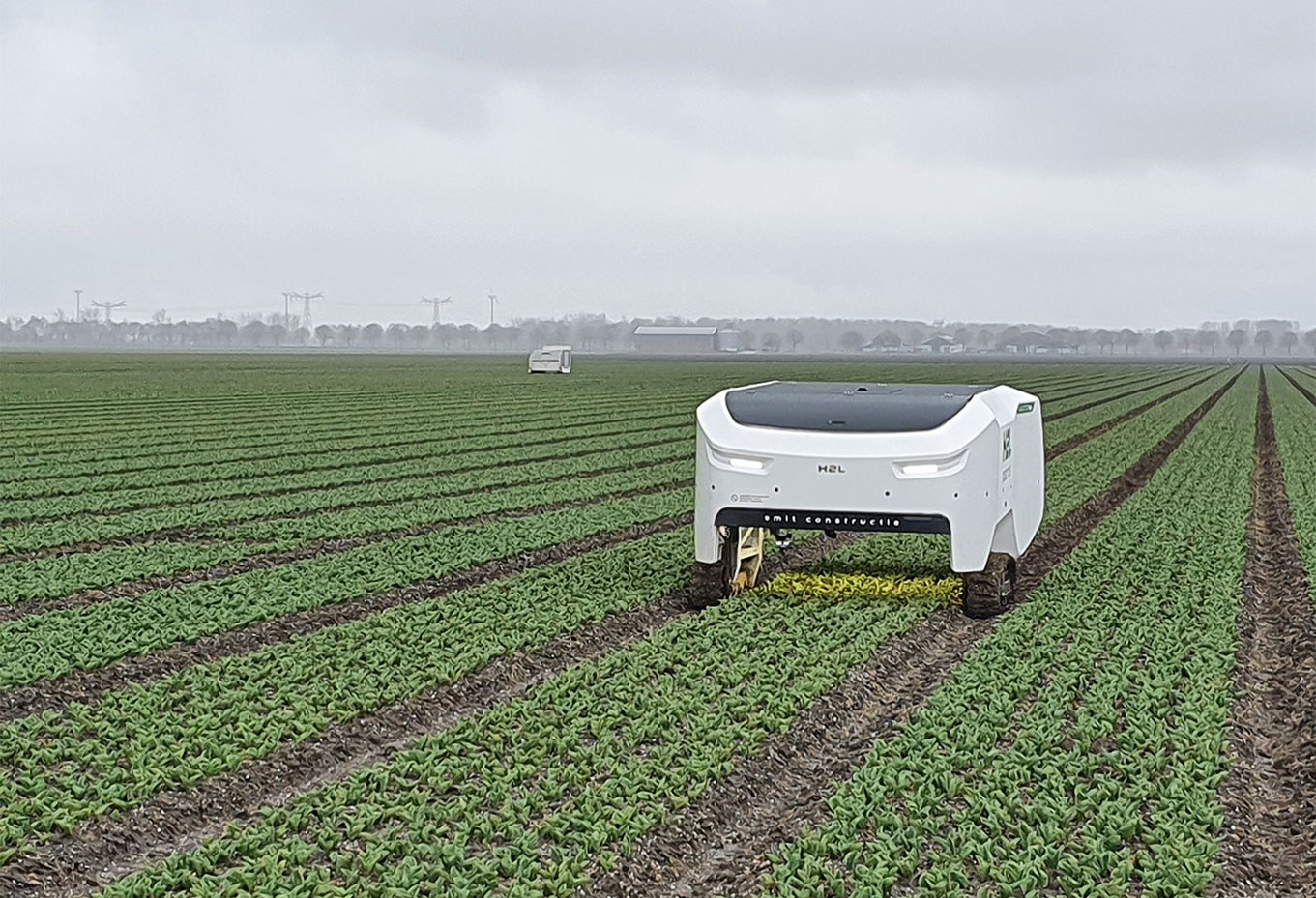
General Developments
In the flower bulb sector, various environmentally friendly developments are ongoing to improve sustainability. Some of these developments include:
- Technical Innovation: Increasingly innovative techniques help growers sustainably cultivate flower bulbs. These also provide solutions for labor market shortages.
- Organic Flower Bulb Cultivation: Some growers, still a small percentage, are switching to organic cultivation methods, using no chemical pesticides or fertilizers. This contributes to a healthier environment and biodiversity.
- Water Management: Improving water management practices, such as efficient water use and reducing water pollution by reusing water and minimizing nutrient and residue runoff.
- Energy Efficiency: Implementing energy-saving measures, such as using solar energy or technically optimizing energy use in barns and greenhouses, helps growers reduce their ecological footprint.
- Biodiversity: Preserving and restoring biodiversity is a crucial focus for sustainability in flower bulb cultivation. This can be achieved by creating flower-rich field edges and promoting natural pest control.
Through these and other environmentally friendly developments, the flower bulb sector aims for more sustainable and responsible cultivation methods. The number of initiatives is significant; in this article, we highlight a few developments applied by Verver Export suppliers.

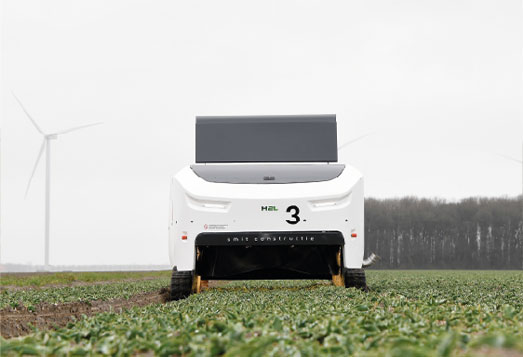
Precision Techniques
Precision agriculture, where plants receive very precise treatments, is widely applied. The need for labor is shifting from ‘hands’ to ‘brains’. Craftsmanship is supported by data and robots.
- Developing autonomous vehicles for most field tasks, including searching for (virus) infected bulbs. With sensors and robots, infected bulbs can be detected more quickly.
- Developing machines for processing flower bulbs in the barn where each bulb is individually inspected with sensors and vision techniques. The focus during processing is on the optimal quality of the bulb.
- Developing good systems for managing and using data, allowing entrepreneurs to better control quality and sustainability.
- A good first step towards efficient water use is drip irrigation, which uses significantly less water than field-wide irrigation.
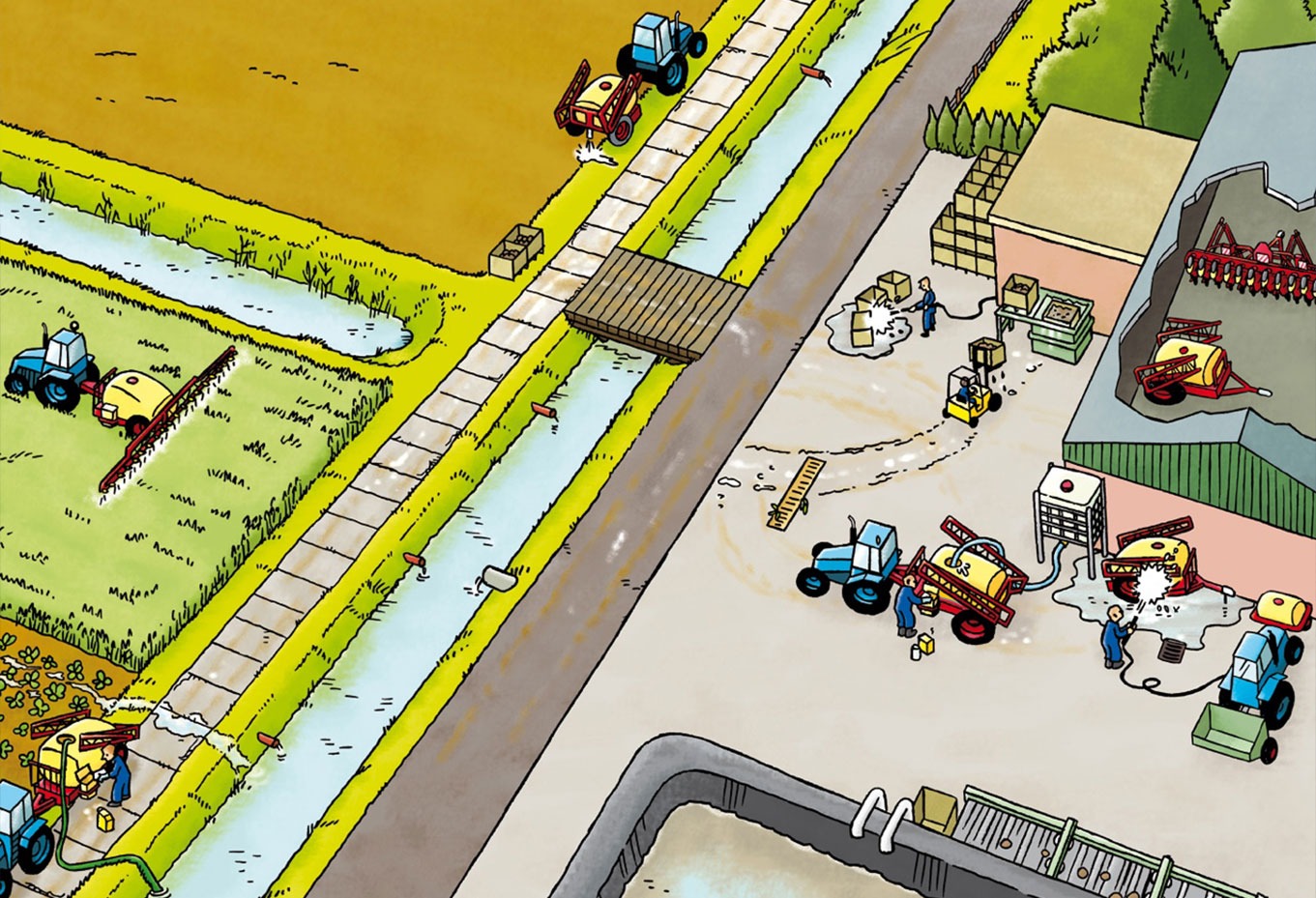
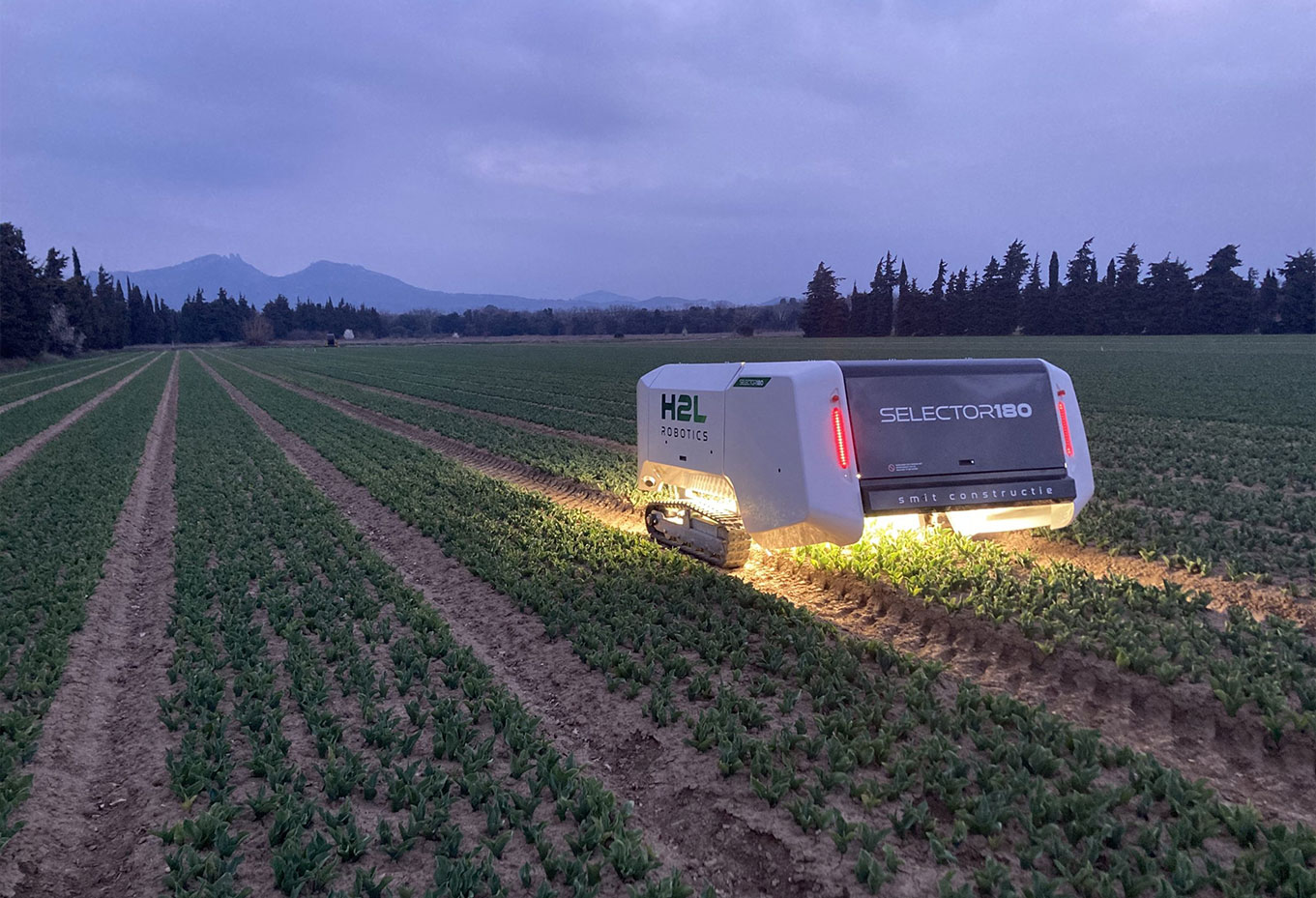
‘Disease Detection’ by the Robot
Disease detection is a labor-intensive and precise task but essential. Diseased plants reduce yield and threaten healthy crops. It requires real expertise to remove diseased tulips from a field, recognizing them by faint stripes on the leaves, which demands a trained eye. Weather conditions must also be favorable.
The robot has no need for coffee breaks, does not suffer from hangovers, and does not get distracted… These are just some advantages of the disease-detection robot found in more and more bulb fields in the Netherlands. The futuristic vehicle on tracks detects diseased tulips and gives them a lethal injection. This advanced robotic solution is designed to autonomously navigate tulip fields, using artificial intelligence to detect and treat infected tulips.
- AI-Powered Detection and Treatment: The core functionality of the robot lies in its advanced AI algorithm, which enables the accurate identification of infected plants among healthy counterparts. This ability is crucial in preventing the spread of diseases without the need for broad-spectrum chemical applications that can be harmful to the environment and non-target plant species.
- Autonomous Navigation: The robot’s ability to autonomously traverse fields and avoid obstacles represents a leap in efficiency and safety. By eliminating the need for manual operation, the robot reduces labor costs.
- Data-Driven Insights: Besides its direct task of detecting and treating infected tulips, the robot also serves as a valuable tool for data collection. It gathers information on infection rates and patterns, providing growers with actionable insights to improve future crop management and disease prevention strategies.
